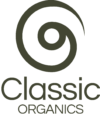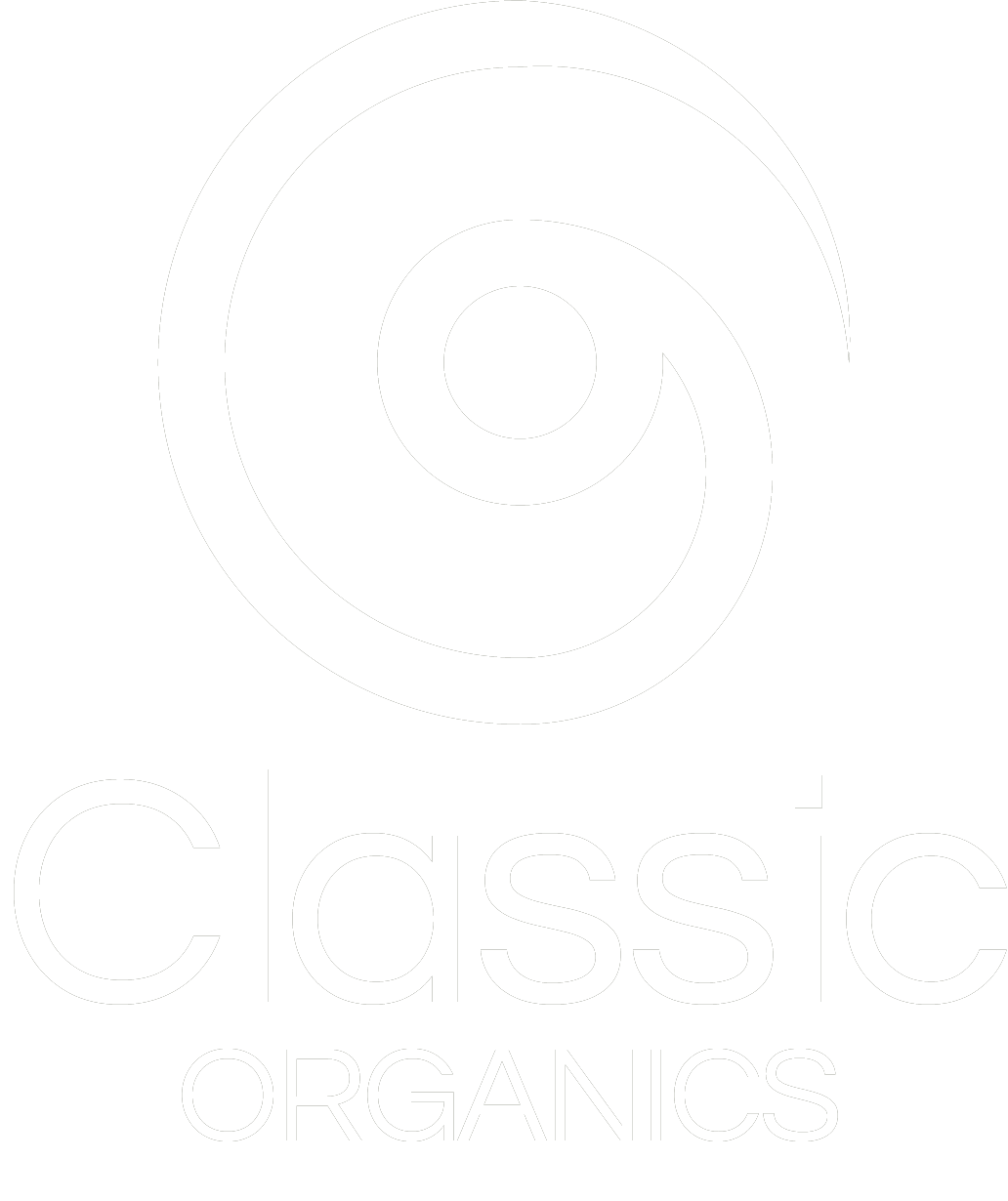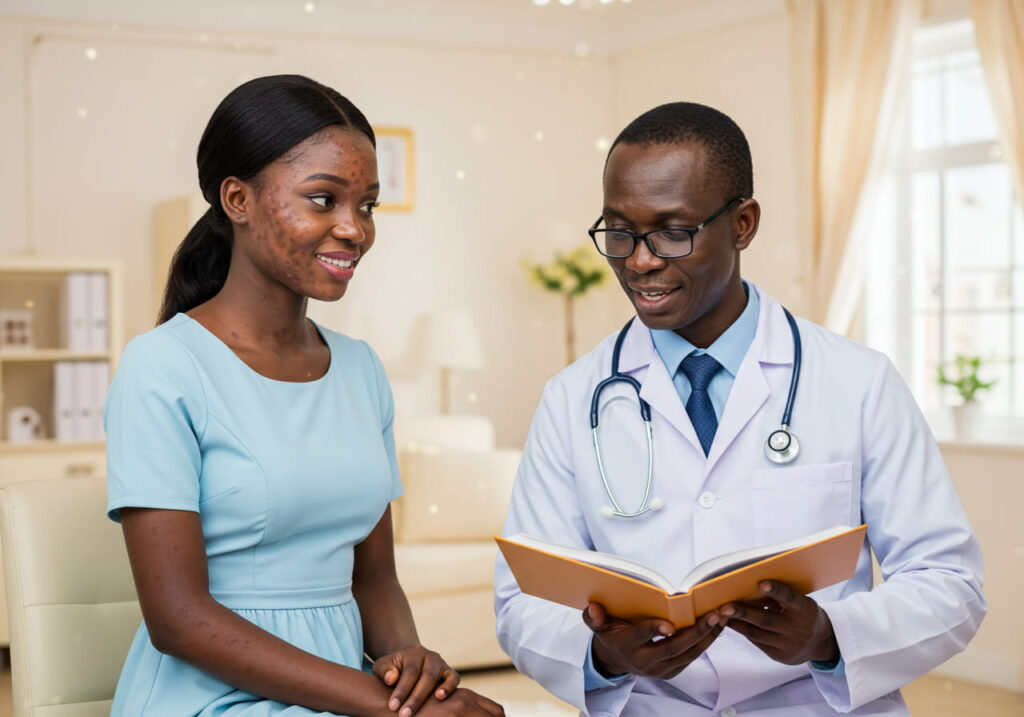Dealing with acne can be frustrating, especially when nothing seems to work. While it’s often associated with teenagers and young adults, many adults, especially women, experience breakouts during ovulation or menstruation. In these cases, it often clears up quickly. But what if your acne lingers, flares up unpredictably, or doesn’t respond to typical treatments?
You might be dealing with fungal acne, a lesser-known but common skin condition. Unlike regular acne, fungal acne isn’t caused by clogged pores but by yeast overgrowth on the skin. It often appears as small, itchy bumps, typically on the forehead, chest, or back. And here’s the catch: treating it like regular acne can make it worse.
While acne isn’t life-threatening, it can take a toll emotionally, physically, and socially. That’s why understanding the difference—especially when fungal acne is involved—is key to finally finding relief. This article explores all you need to know about fungal acne.
What Is Fungal Acne?
Fungal acne is a type of breakout caused by an overgrowth of yeast called Malassezia furfur, which naturally lives on the skin. Under normal conditions, this yeast is harmless. However, when the body’s immune balance is disrupted—often due to prolonged use of antibiotics or steroids—it can multiply rapidly.
These medications can reduce the good bacteria that help keep yeast levels in check, leading to an imbalance. When Malassezia overgrows, it can infect the hair follicles, resulting in itchy, acne-like bumps—what we commonly refer to as fungal acne.
How To Identify Fungal Acne
Knowing how to spot fungal acne is key to treating it effectively, as it doesn’t respond to traditional acne treatments. Fungal acne looks and behaves differently from regular acne, so accurate identification can save time and prevent worsening of symptoms.
One clear sign is that fungal acne typically appears in uniform clusters, small red bumps that are all about the same size. These bumps are often itchy, which sets them apart from most regular acne breakouts.
Another clue is the location. While regular acne commonly affects the face, fungal acne frequently shows up on areas like the shoulders, chest, and back.
Also, unlike typical pimples, fungal acne is caused by yeast, not bacteria. This means treatments meant for bacterial acne, like benzoyl peroxide, are usually ineffective. Recognising these differences early helps you choose antifungal treatments that work and avoid wasting time on the wrong products
How To Cure Fungal Acne
Experience, they say, is the best teacher. And truly, there’s no better way to talk about curing fungal acne than by sharing how I managed mine, especially after a recent outbreak just weeks before my wedding.
What made it even more frustrating was that this wasn’t my first time dealing with breakouts. For months, I had battled persistent bumps that didn’t look or behave like typical acne. The clusters were itchy, red, and concentrated on my forehead, back, and shoulders. It reminded me of a girl back in boarding school whose mysterious rash turned out to be fungal acne. That memory nudged me to dig deeper.
After realising that what I had might also be fungal acne, I committed to a more focused routine, and that changed everything.
I started with a gentle face wash that didn’t strip my skin but helped clear excess oil and impurities. The Acne Control Face Wash became my twice-daily go-to—it foamed lightly and left my skin clean without that tight, dry feeling.
Next, I used a toner that helped balance my skin’s pH and tighten my pores. The Acne Control Toner was refreshing, especially in the mornings when my skin felt congested.
Every few days, I treated my face with the Acne Control Mask. It had this cool, soothing effect and seemed to calm the angry redness after a long, humid day. I’d leave it on while I relaxed and wash it off to noticeably calmer skin.
But what truly made a difference was consistency with the Acne Control Face Cream. It wasn’t heavy or greasy—it absorbed well and worked overnight to reduce flare-ups. After about two weeks, I looked in the mirror and saw clear, even-toned skin. No more itching. No more clusters.
Eventually, I just decided to get the full Acne Control Set, so I could stick to one complete routine, and that was honestly the best move. What made it work, I believe, wasn’t just the products but the fact that they were gentle, intentional, and targeted exactly what my skin needed.
The journey taught me that fungal acne needs a different kind of care—one that balances cleansing with calming—and I’m so glad I listened to my skin.
Suggested Steps for a Safer Routine:
- Cleanse the affected area with a gentle face wash to remove impurities and excess oil.
- Apply Anti-inflammatory Products like those from the ClassicKidsCare line (Acne Control Face Cream, Face Wash, Toner, and Face Mask). Choose products suitable for your skin type to avoid further irritation.
- Sun Protection: While using acne treatment products, especially those with active ingredients, avoid direct sun exposure or apply a broad-spectrum sunscreen to prevent skin damage and pigmentation.
Fungal Acne Treatment at Home
While conventional acne treatments—such as those containing benzoyl peroxide and salicylic acid—are commonly recommended by dermatologists, they are not always accessible to everyone due to cost or availability. Moreover, these ingredients, though effective, can cause side effects like skin redness, dryness, peeling, or irritation, especially when used excessively or without proper moisturization.
For those seeking gentler alternatives, some home remedies have shown promise, even if not all are backed by strong scientific evidence. These include:
- Regular Exercise: Physical activity helps regulate hormone levels, a key factor in acne control. However, not cleansing the skin promptly after sweating can trap bacteria and oils, worsening breakouts.
- Stress Management: Chronic stress triggers hormonal imbalances that may aggravate acne. Techniques like mindfulness, breathing exercises, or therapy can help.
- Limiting Dairy Intake: Excessive consumption of milk and other dairy products may contribute to breakouts in some individuals due to hormone content.
- Skin Exfoliation: Gentle exfoliation helps remove dead skin cells that clog pores. Over-exfoliating, however, can strip the skin barrier and increase sensitivity. Mild products like the Exfoliating Body Wash from ClassicKidsCare offer a safe option for regular use.
- Zinc: Zinc is an essential mineral known for its anti-inflammatory properties. Taking oral zinc supplements or using lotions rich in zinc can support acne treatment, but excessive intake may lead to nausea or interfere with the absorption of other nutrients.
What Is Zinc?
Zinc is a vital trace mineral that plays an essential role in overall health and skin function. Naturally found in foods like red meat, poultry, and fish, zinc is also commonly used in many skin care products and medications. What makes it especially important is that our bodies don’t produce or store it, meaning we must get it through our diet or supplements.
Nutrition experts emphasise that zinc supports a strong immune system, helping the body fight off bacteria and viruses more effectively. It also plays a key role in wound healing, the creation of DNA and proteins, and even in maintaining our sense of taste.
From pregnancy through to adulthood, zinc remains crucial for healthy growth and development. When it comes to skincare—especially in managing acne—zinc’s anti-inflammatory properties make it a gentle yet powerful addition to any routine, helping to soothe irritation and support clearer skin over time.
Zinc is abundant in both animal and plant-based foods, making it relatively easy to include in a balanced diet. Animal sources like shellfish, meat, poultry, and fish provide highly absorbable zinc, while legumes, nuts, dairy, and whole grains also contribute meaningful amounts.
What Effects Does It Have On Acne?
Zinc has anti-inflammatory properties that help the body reduce the swelling and redness that comes with acne, especially fungal acne.
Studies have shown that fungal or normal acne patients who were treated with zinc or products with zinc content noticed a decrease in active breakouts compared to those who didn’t.
Zinc also helps reduce any residual acne scarring because it also aids wound healing. Dermatologists may prescribe zinc supplements or products if they believe there is a possible deficiency.
What is the Best Zinc For Acne?
Many studies and expert reviews suggest that the most effective form of zinc is obtained through a combination of oral supplements and a proper diet. This is especially important when acne appears in areas where topical treatments aren’t practical. However, it’s crucial to avoid taking zinc in excessive amounts, as overconsumption can lead to side effects.
According to research, the recommended daily intake of zinc varies based on age, gender, and physiological needs. The National Institutes of Health Office of Dietary Supplements provides the following guidelines:
For girls and women:
- Ages 9–13: 8 mg
- Ages 14–18: 9 mg
- Ages 14–18 and pregnant: 12 mg
- Ages 14–18 and breastfeeding: 13 mg
- Ages 19 and above: 8 mg
- Pregnant women (19+): 11 mg
- Breastfeeding women (19+): 12 mg
For boys and men:
- Ages 9–13: 8 mg
- Ages 14–18: 11 mg
- Ages 19 and above: 11 mg
These recommended amounts help maintain immune function, skin health, and overall wellness without the risks of excess intake
Zinc For Acne Side Effects
Research consistently shows that while zinc is essential for the body, it is only needed in small amounts. Taking more than 40 mg of zinc daily can reduce the body’s ability to absorb copper, which may lead to other health issues.
Oral zinc supplements should be taken in moderate doses. High intake may cause side effects such as: Stomach pain and cramps
- Stomach pain and cramps
- Vomiting and nausea
- Diarrhea
- Headaches
- Loss of appetite
In some cases, excessive zinc can lead to gastrointestinal discomfort, especially when consumed through diet alone. It may also cause neurological symptoms such as numbness or weakness in the limbs, and can interfere with HDL (good) cholesterol levels. Additionally, high zinc intake can impair the absorption of other essential nutrients like copper, leading to deficiencies.
When using zinc topically, it’s safer as long as the skin is intact. Avoid applying zinc to broken skin, as it may cause burning, itching, stinging, or tingling. Products from trusted sources like the Classickidscare store often offer skin-friendly options.
Importantly, zinc should never be inhaled. Using zinc-containing nasal sprays can result in a permanent loss of smell, so they should be avoided entirely.
Though zinc is a proven remedy for acne—including fungal acne—oral and topical applications are the safest and most effective methods supported by research. Always consult a healthcare professional before starting any supplement regimen.
How Long Does Zinc Take To Clear Acne
Zinc can help clear acne, but the timeline varies depending on several factors, including the severity of the breakout and the type of product used. There is no fixed duration for complete healing.
Generally, milder acne may respond faster than more severe or cystic breakouts. The effectiveness of zinc treatment also depends on whether you’re using topical creams, washes, or oral supplements, and the formulation of those products.
According to studies, many people start to notice a significant reduction in pimples, papules, and pustules within 4 to 12 weeks of consistent treatment. However, results may take longer or shorter based on individual skin types and how well the chosen zinc products are formulated and used.
Frequently Asked Questions
Are home treatments of acne effective?
Yes, they may not be scientifically proven, but they are effective.
How fast are home treatments for acne?
Home treatments for acne should be given ample time, and nothing less than 4 weeks. It is advised for you to maintain the use of one product as long as it is suitable for your skin type and mild too.
What is the difference between acne and fungal acne?
Acne is generally milder than fungal acne. Acne becomes fungal when it is caused by the infection caused by the overgrowth of the yeast known as Malassezia furfur.
Conclusion
Acne becomes fungal when it is infected, and this infection occurs when there is an overgrowth of a yeast called Malassezia furfur.
You can know when it is fungal by checking to see if it’s red, clustered, itchy or swollen, in which case you should meet up with a dermatologist for the proper advice.
Anti-inflammatory products like the Classic Acne Control Set can also help ease the discomfort and cure fungal acne.




